by Morgan Robinson
The fashion industry is a business that will always be discussed, debated over…and for the most part, critiqued. The intense analysis over the fashion industry makes sense though considering that it is one of the most influential industries in the world. According to reports from McKinsey Global, the fashion industry is now estimated to be worth $2.4 billion and continues to grow around 5% annually. If the fashion industry was ranked alongside individual countries’ GDP, it would be the seventh largest economy in the world.
Since the fashion industry is such a powerful economic machine, it has the power to majorly shape values on cultural, social, and artistic levels as well. Although scandalous headlines in the news would lead you to believe otherwise, the fashion industry has leverage to make positive changes in society. Today, let’s put the scandals aside and reflect and acknowledge some of the progressive changes the fashion world is making at the moment!
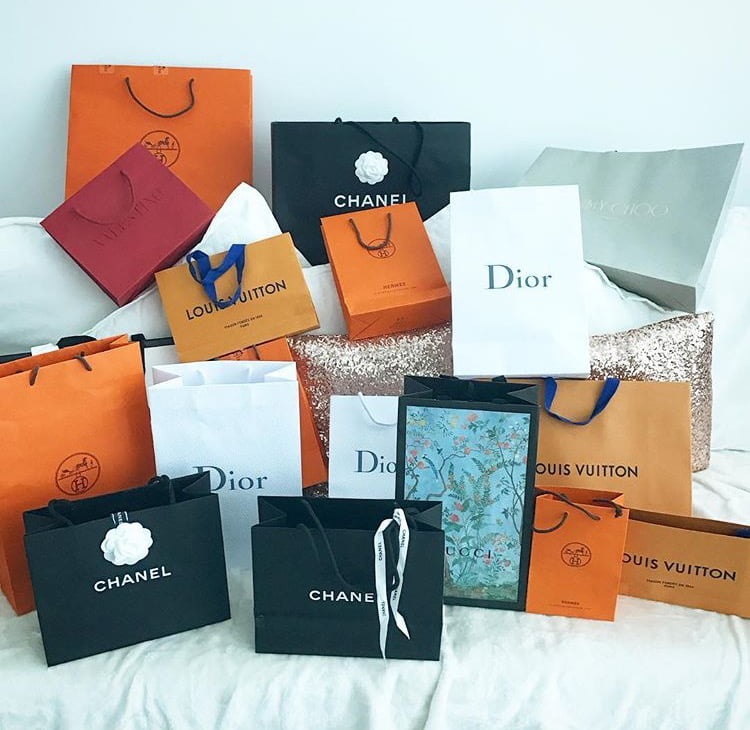
@helensfashiondiary
#1 (Slightly) More Diversity in the Modeling Industry
It seems like for awhile, some brands have shied away from addressing the topic of diversity since its a monumental source of conflict. Western beauty standards and slender frames have ruled the runway leaving minorities feeling shut out of the experience of fashion. Underrepresented fashion lovers have turned years of shuttered insecurities into vocal frustration, and the fashion industry has finally started responding to demands for change.
Although the road to progress is far from complete, there has been a steady rise of many colors, sizes, and genders on the catwalk and in advertising. Gucci recently took a bold move to showcase marginalized groups by creating a campaign with only black models. Recently, LVMH and Kering luxury groups pledged to stop using underage and size zero models in their fashion shows. While this was just a ban against undersized models and not a pledge for bigger models necessarily, hopefully enforcing such strict rules will inspire brands to think more broadly and inclusively.
If brands won’t listen to vocal frustration, consumers will speak with their dollar. A company stands to gain more profits when consumers find that there are products available for their needs and if they feel truly valued. Rihanna’s latest beauty collection, Fenty Beauty, featured 40 shades of foundation and went viral on the internet, resulting in some of the products in the line being completely sold out in the first week. The @FentyBeauty Instagram has over one million followers, which speaks to how many people support Rihanna for working consciously to include the whole spectrum of skin tones in her collection.
More positive changes will come as consumers and brands continue to engage in this conversation about diversity.
For more information on this topic, read the article below:
Gucci Launches New Campaign Featuring Only Black Models
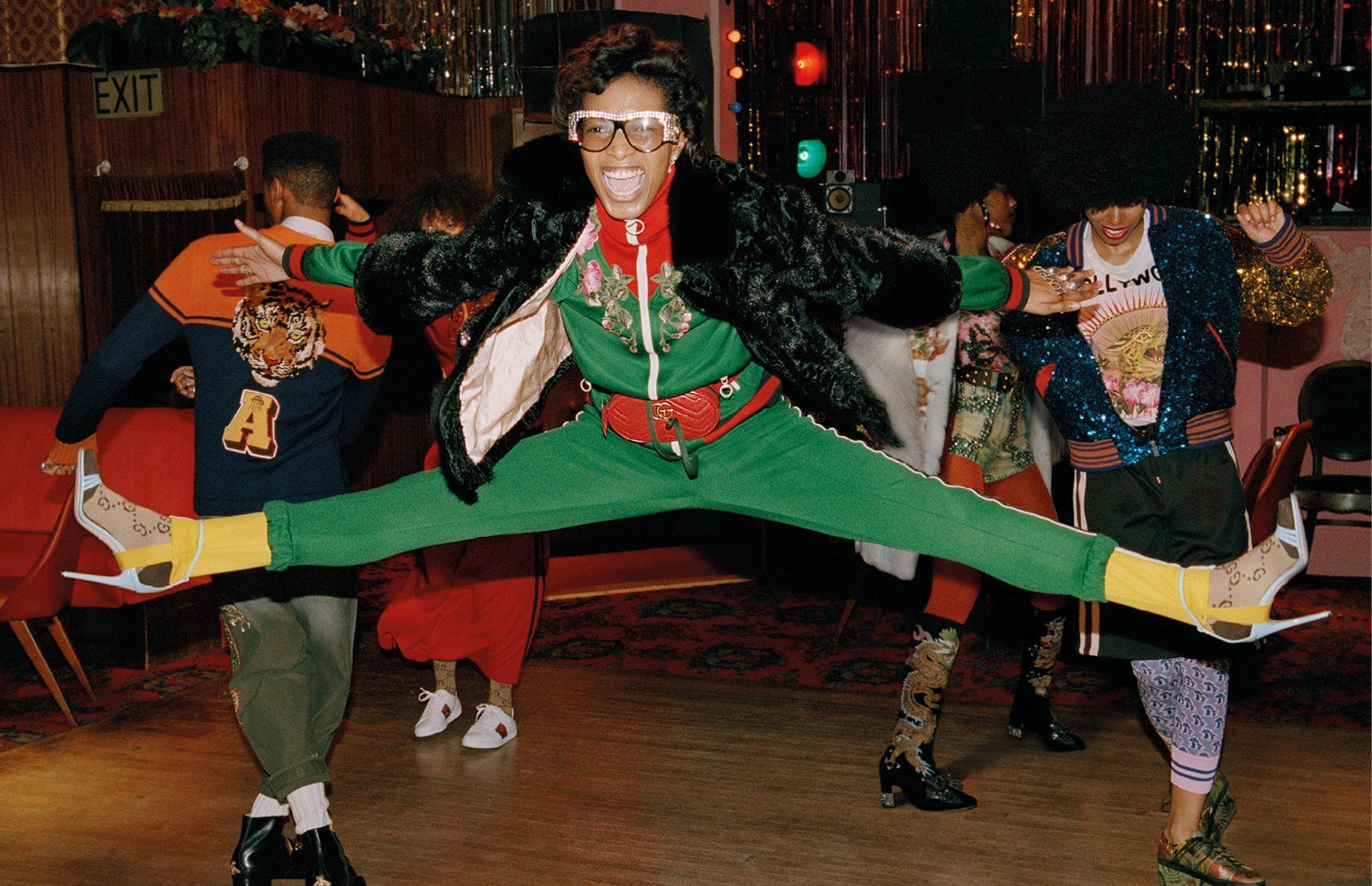
Photo Courtesy: Gucci

Beth Ditto Ad Campaign. Photo Courtesy: Ezra Petronio
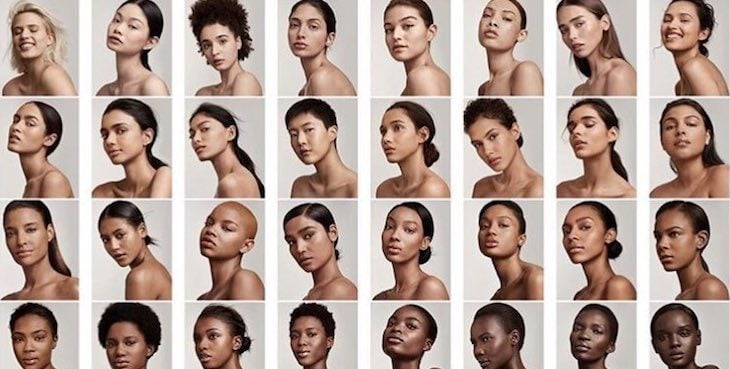
Rihanna Fenty Beauty. Photo Courtesy: Elite Daily
#2 More brands are heading towards e-commerce
Many brands are starting to see e-commerce as the future of shopping. While it’s unrealistic to think that all transactions will be virtual anytime soon, companies know that e-commerce is a target they should be striving towards. E-commerce is far reaching, and it is the easiest way to make products visible and available to consumers all over the world.
Even though many companies want to move into online space for the opportunity, there are some drawbacks. High end fashion houses are hesitant to sell certain products online as this may dilute their exclusivity. Exclusivity can only be maintained by selling a limited amount of products to a smaller audience, and by nature the internet disseminates products into bigger audiences and may even oversaturate them. Brands like Gucci, Louis Vuitton, and Fendi have made the plunge into e-commerce, but Chanel and Hermès have held back. We’ll have to be patient and see what other brands and companies jump into the game.
For more information on this topic, read the articles below:
Gucci Embraces E-Commerce in China
LV Follows E-Commerce Trend
Amazon Prime Wardrobe: An Online Shopping Revolution?
Fendi Brings E-Commerce to the US!
Imagine Ordering a Chanel Jumbo Online?
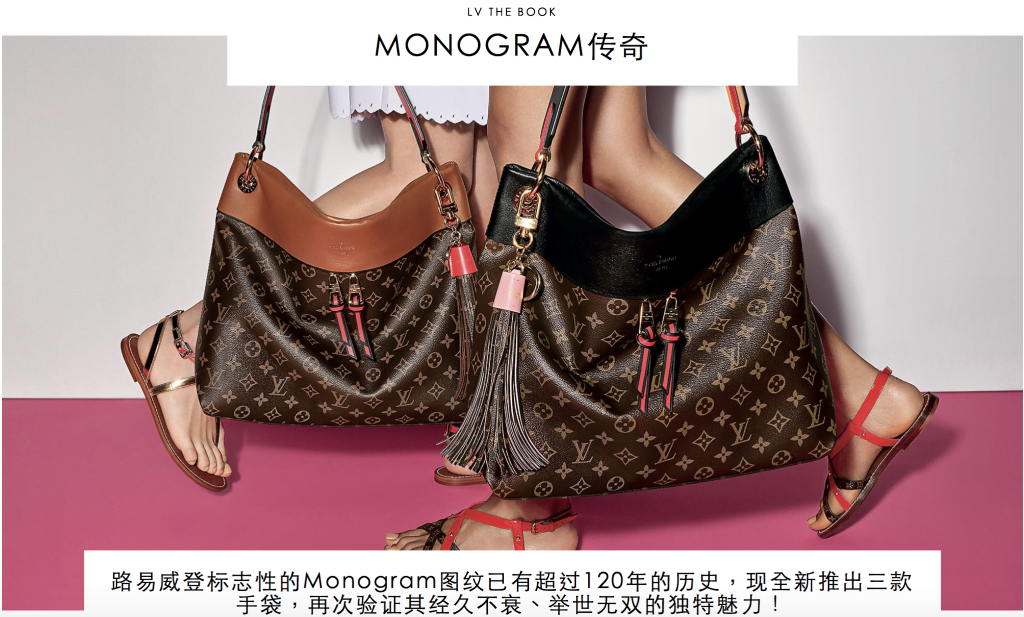
Photo Courtesy: Louis Vuitton
#3 “Experiential” Retail is on the Rise
Suffice to say, brick and mortar stores have seen better days. According to MarketWatch, the latest Commerce Department data shows that for the month of June 2017, department store sales fell by 0.7% compared to May 2017, and were down 3.9% compared to June 2016. The problem of declining profits in physical stores in multifold. On one hand, consumers are getting more savvy when it comes to research and look online to find cheaper deals. Likewise, you can receive your products at a click of the button online and with practically instant shipping given platforms like Amazon. Consumers want choices, convenience, and instant gratification. In some respects, department stores cannot live up to these standards all the time.
However, there is no denying that there is a supreme advantage of physical boutiques that can’t be mimicked in the online stratosphere. In some cases, consumers really do want to try out a product in person. But more importantly, people are still looking for opportunities to find joy in shopping and want to be valued as consumers, which is why “experiential retail” is on the rise.
Experiential retail focuses on special amenities for its visitors such as restaurants, entertainment, spa services, art galleries, pop-up shops, and more. Overall, shopping becomes much more lively and more personalized on some level because its less about extorting money out of the consumer in exchange for a product, and more about bringing the purpose and characteristics of a brands’ goods to the forefront. Many companies are trying to capture the millennial market with experiential retail, as millennials are some of the fastest adopters of e-commerce. Nordstrom is one of the first big retailers to experiment with implementing more personal experiences within shopping. As reported by Fast Company, Nordstrom announced that it will be launching small-format stores with no merchandise. That’s right — instead of having products in stores, customers will work with personal stylists and then have their favorite looks delivered to their home. During their time in the store, customers will just relax, chat, drink wine, and can even get salon services such as manicures. Despite the innovation, Nordstrom stockholders don’t seem to be as sold on the concept, as stocks fell 5.4% since this announcement. Overall, the industry seems to be skeptical about experiential retail, but can’t afford to be stuck in the stagnancy of old ways.
In order to stay competitive, department stores and brands will need to learn to balance traditional business techniques with the evolving desires of savvy and demanding consumers.
For more information on this topic, explore the articles below:
The Luxury Inventory Glut
Handbag Shopping – Does More Browsing Increase Satisfaction?
Department Stores are Damaging Handbag Sales
Barneys’ Strategy for the Turbulent Luxury Market
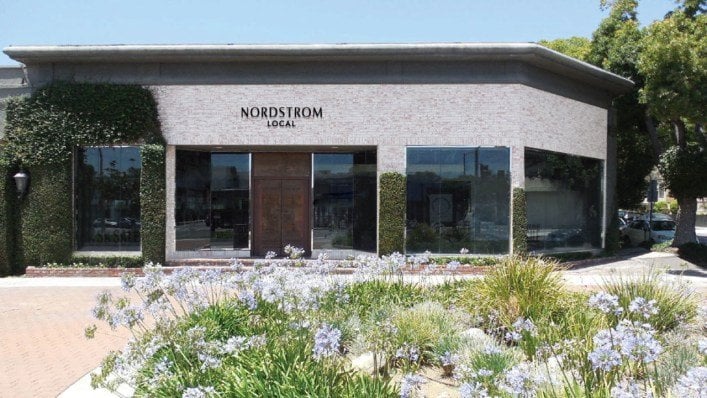
Photo Courtesy: Nordstrom
#4 You can now buy straight from the runway
Back to the idea of instant gratification, “see now, buy now” fashion shows are becoming increasingly more popular. For ages, the standard in the fashion industry has been to present a seasonal collection far in advance, and then have the products roll out in store 2-3 months later. In many ways, having products released in stores later creates anticipation and excitement for buyers. However, some critics argue this lag in time creates disinterest or forgetfulness.
There is no consensus about whether the “see now, buy now” model or the waiting “model works better for the fashion industry as a whole. Brands like Burberry, Tom Ford, and Ralph Lauren have experimented with the “see now, buy now” method, and seen at least a moderate response. Likewise, brands like Prada and Alexander Wang have made bags available fresh off the runway. With this swift change in mentality, we are bound to see more exciting things on and off the catwalk in the future as brands work to hold our attention.
For more information on this topic, read the articles below:
Burberry Finds Success in “See Now, Buy Now”
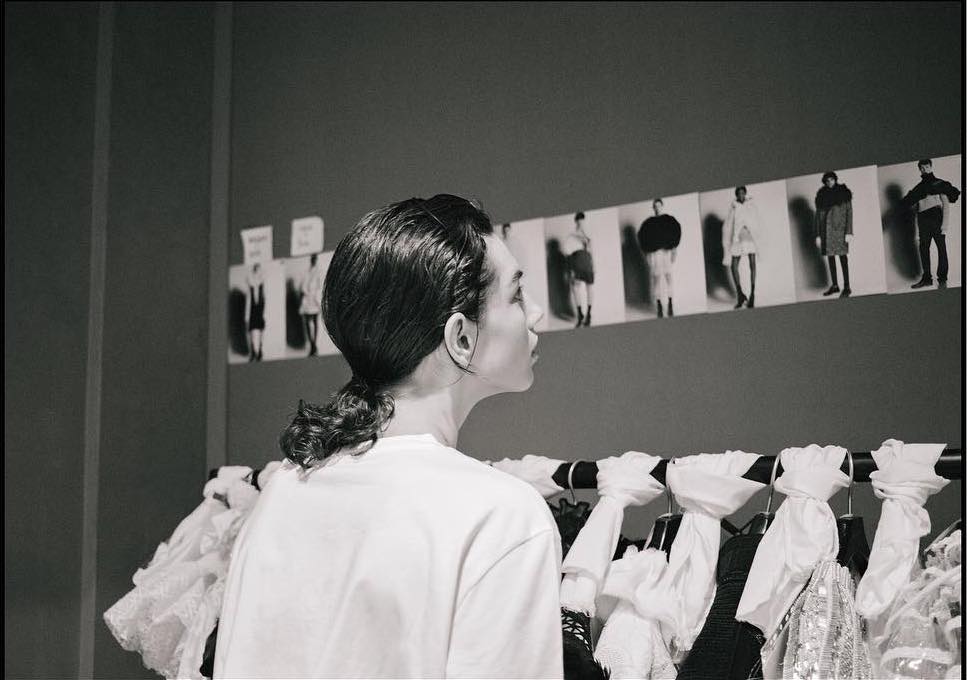
@Burberry
#5 Brands are embracing millennial freshness in terms of aesthetic and cultural values
As we’ve discussed in previous articles about the luxury market, luxury was once defined by exclusivity and aspiration, the classic glitz and glam really. Now, consumers, and millennials in particular are looking for something ‘fresher’ and off the beaten path. Millennials are no longer just concerned with brand names, but are now demanding values such as authenticity, transparency, and innovation from a brand (even if innovation turns into shock value). In return, brands are working harder than ever to shake things up. Consumers across all demographics can benefit from brands making a bigger investment in their products.
In terms of aesthetic, we’re seeing brands making artistic strives to appeal to millennials. Alessandro Michele made Gucci cool again with funky designs. In a recent collection, Louis Vuitton collaborated with Supreme to give a luxury twist to streetwear. While not everyone will love these collections, these new releases exemplify changing standards and a race to be more imaginative.
For more information on this topic, explore the articles below:
Luxury in the age of Millennials
Are Millennials Less Concerned about Handbag Brand Names?
Streetwear Louis Vuitton: LV x Supreme
Fashion Conglomerates 101: LVMH vs. Kering
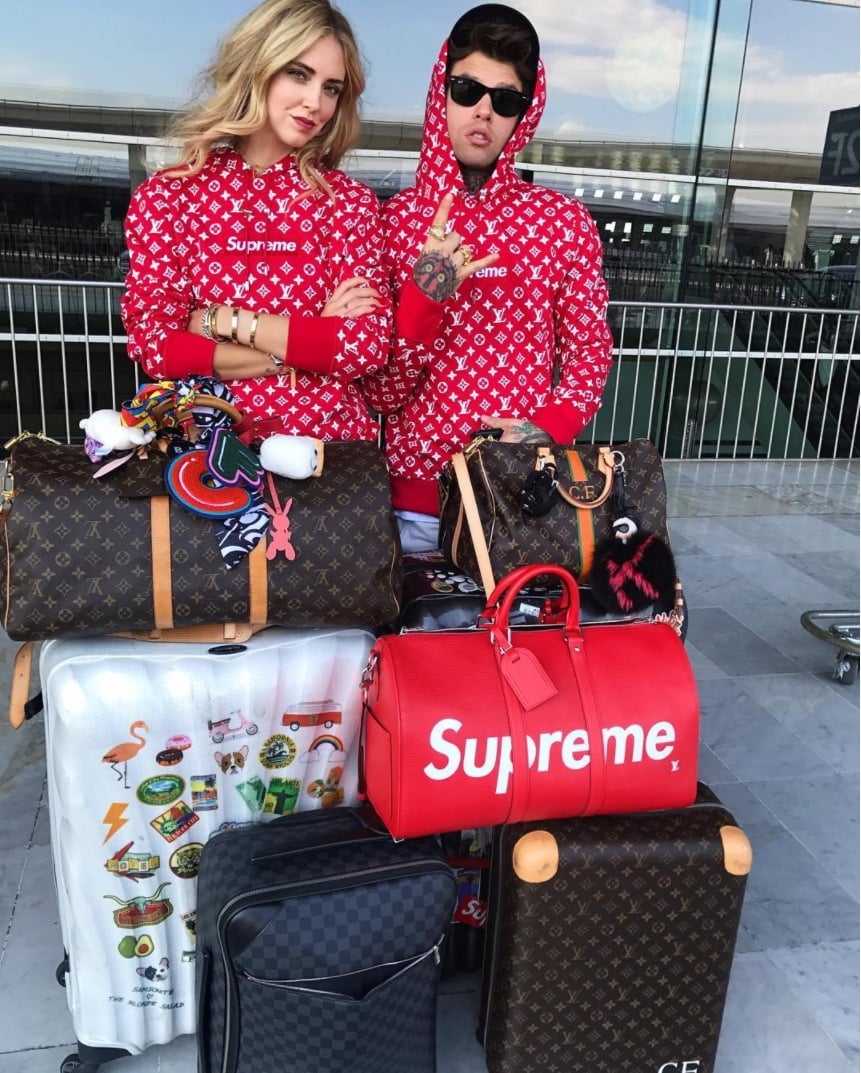
@ChiaraFerragni
Which trends and changes have you seen in the fashion industry that are particularly noteworthy? Please share your thoughts in the conversation on BopTalk!
Love PurseBop
XO
Updated: November 13th, 2017



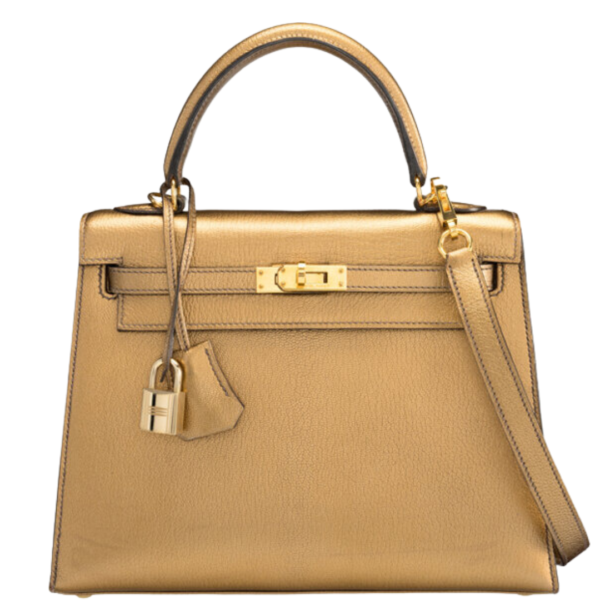
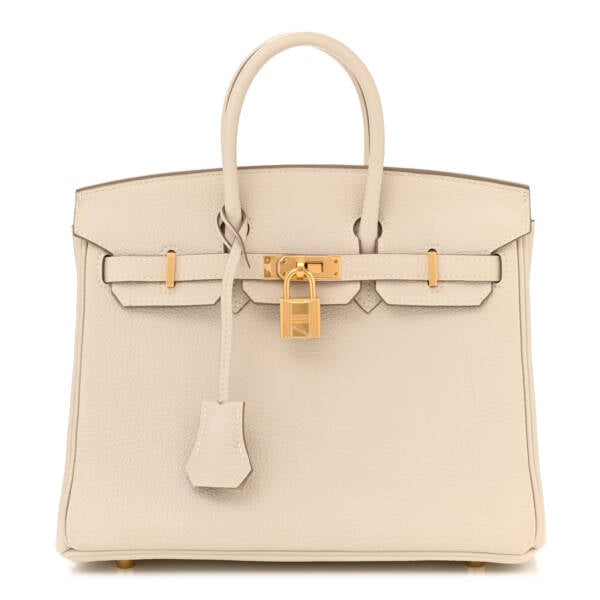
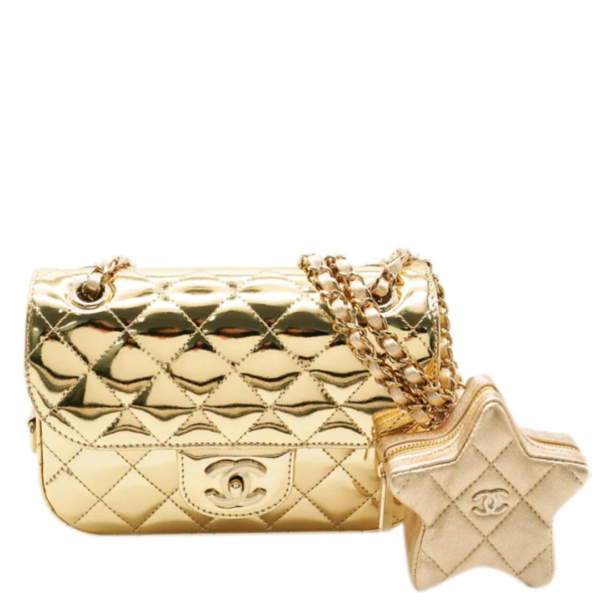
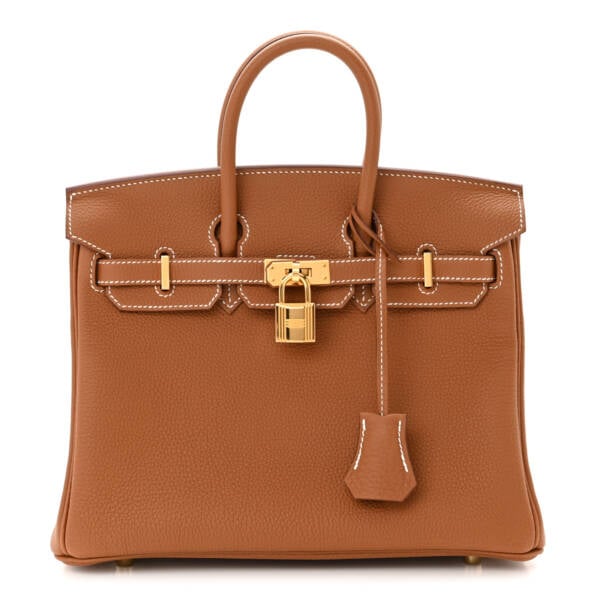
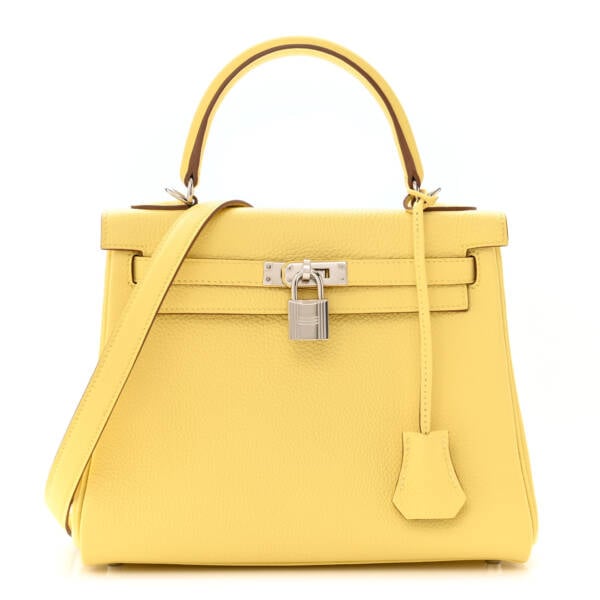
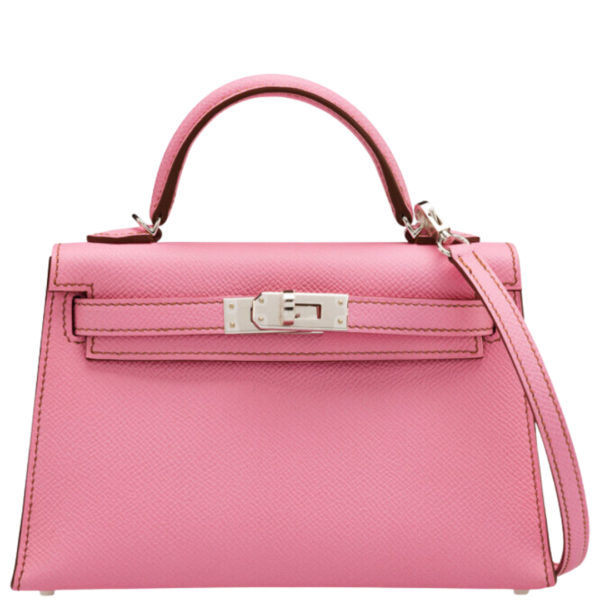
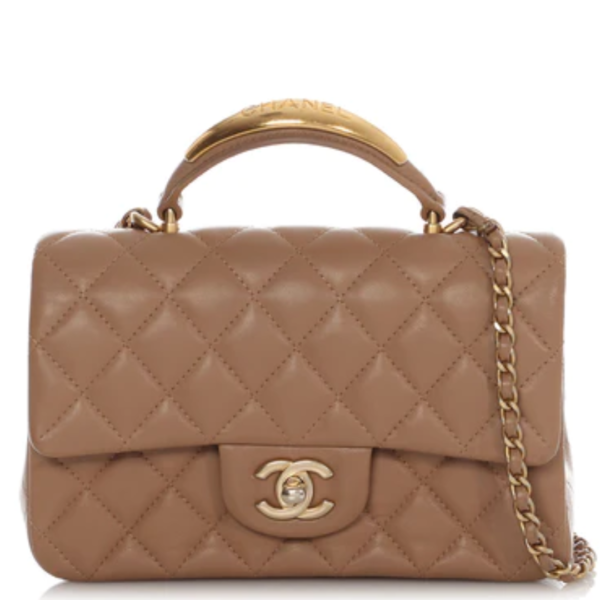
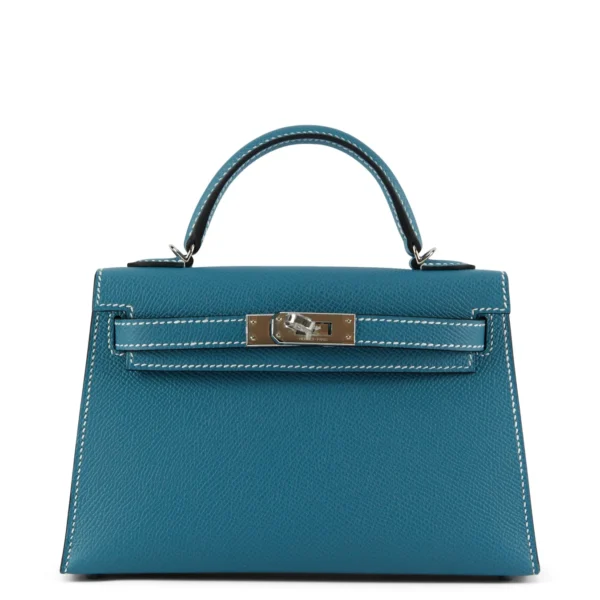
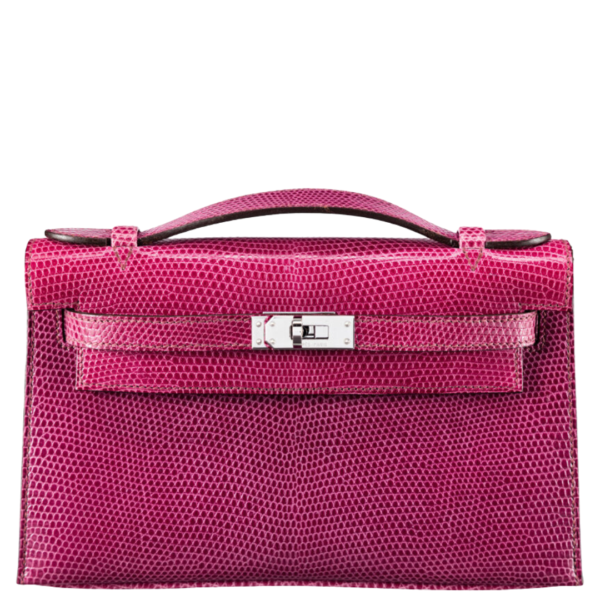
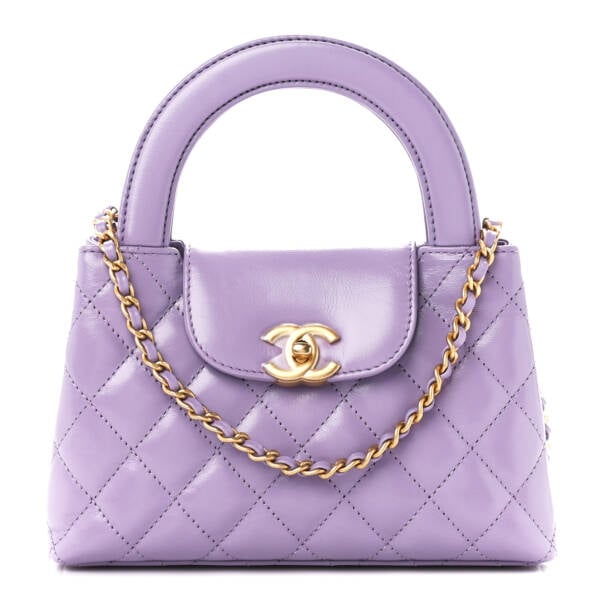



Comments